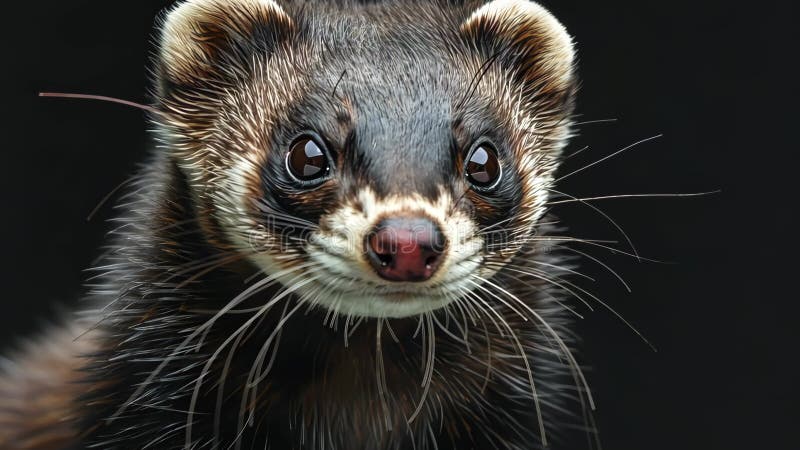
Polecats may sound like exotic creatures or maybe even some kind of feline—but they’re neither exotic nor cats. Let’s clear up the confusion with a quick FAQ about these intriguing animals.
What is a polecat?
A polecat is a small, carnivorous mammal in the weasel family (Mustelidae). They are closely related to ferrets, minks, stoats, and otters. The term “polecat” most often refers to the European polecat (Mustela putorius), though there are several species across Europe, Asia, and Africa.
Are polecats actually cats?
Nope! Despite the name, polecats are not felines. The name “polecat” comes from the French poule chat (chicken cat), likely because polecats were known to raid henhouses.
What do polecats look like?
Polecats are slender-bodied with short legs, dark fur (often brown or black), and lighter facial markings. They look similar to ferrets, and in fact, the domestic ferret was bred from the European polecat.
Where do polecats live?
European polecats are found throughout western and central Europe. Other species, like the steppe polecat (Mustela eversmanii) and marbled polecat (Vormela peregusna), live in parts of Asia and Eastern Europe. Some African species are called polecats too, like the striped polecat, also known as the zorilla.
Are polecats the same as skunks?
Not exactly, but they’re often confused. Both can release strong-smelling musk, and the striped polecat looks and smells a lot like a skunk—but they belong to different families. True skunks are now classified in their own family (Mephitidae).
Do polecats smell bad?
They can! Like other mustelids, polecats have scent glands and can release a pungent odor when threatened. It’s one of their best defense mechanisms.
Are polecats endangered?
Some species, like the European polecat, have made a comeback in parts of their range thanks to legal protections and habitat restoration. Others, like the marbled polecat, face habitat loss and population declines.
Fun fact?
The domestic ferret, often kept as a pet, is descended from the European polecat—and they can still interbreed!
Polecats may not be well known, but they’re a fascinating part of the weasel family. Sleek, secretive, and sometimes smelly, they play a vital role in keeping rodent populations in check and deserve more recognition!
More photos below ↓
European Polecat











Marbled Polecat




Steppe Polecat





Striped Polecat



Disclaimer: This blog post is for edutainment purposes only and may not be entirely accurate.






